How to Choose the Right Threadlocker Type for Your Application?
When it comes to choosing a threadlocker type for a project, you have a lot of similar choices. Threadlockers are known for securing fasteners, but how do you pick the right one? When selecting a threadlocker type, there are different factors to consider. These essential factors are what we will be explaining in this post. In this post, we will highlight how the properties of different threadlockers influence the choice of threadlocker.

Understanding Threadlocker Types
Threadlockers are available in different types based on their strength. These different threadlocker types are differentiated using colors. Several colors are available in the market, but we will focus on 6 common threadlocker types: red threadlocker, blue threadlocker, green threadlocker, purple threadlocker, orange threadlocker, and yellow threadlocker.
1. Red Threadlocker
Red threadlocker is a high-strength adhesive designed to create a permanent bond. Threadlocker red prevents loosening caused by high vibration, load, and extreme temperature conditions. It is impossible to remove a red threadlocker without applying localized heat.
The red threadlocker is meant for permanent applications where disassembly is not required. Thus, it is commonly used for securing fasteners in heavy-duty machinery and applications. Common applications for red threadlockers are industrial machinery, automotive engines, and transmission.
2. Blue Threadlocker
Blue threadlocker is a medium-strength threadlocker designed to create a temporary bond. The bonds created by threadlocker blue are strong but can be removed without applying heat. A threadlocker blue is used for fasteners that require a strong bond but can be disassembled regularly.
Blue threadlocker provides a reliable bond without permanent locking. Use a blue threadlocker for fasteners you want to secure firmly and disassemble easily. Blue threadlocker finds applications in components that require regular maintenance, such as bicycles, household appliances, furniture, and light-duty machinery.
3. Green Threadlocker
Green threadlocker is a high-strength adhesive meant to secure preassembled fasteners. It is a wicking-grade adhesive with a thin consistency, which allows it to penetrate preassembled fasteners. Green threadlockers are available for high- to medium-strength adhesives, and some formulations require heat for removal while others do not.
Green threadlocker is commonly used for regular maintenance and repairs. It is used to seal porosities in welds, and it is the ideal theadlocker for securing small fasteners in electrical components or hard-to-reach fasteners.
4. Purple Threadlocker
Purple threadlocker is a low-strength threadlocker designed for small-sized fasteners up to 6mm in diameter. It is applied on fasteners that require regular adjustments and maintenance. Purple threadlocker allows easy removal using hand tools.
Purple threadlocker is used for light metals due to its low strength. Common applications for purple threadlockers include aluminum materials and brass. They are used in fixing eyeglasses, small screws, household appliances, etc.
5. Orange Threadlocker
Orange threadlocker is a medium-strength threadlocker with properties that fall between blue threadlocker and red threadlocker. It provides a strong bond while allowing easy removal of the threadlocker. It prevents loosening in fasteners due to vibrations or shock.
Orange thread locker is used for fasters that require strong bonds but frequent maintenance. The common applications for orange threadlocker include heavy equipment, industrial engines, automotive engines, etc.
6. Yellow Threadlocker
Yellow threadlocker is a medium-strength adhesive used to secure different types of fasteners. It is commonly used in securing large screws and bolts. It allows easy disassembly of fasteners. Yellow threadlocker is also available in high-strength formulations. Common applications for yellow threadlockers are electronics, automotive engines, and industrial machines.
Here is a table showing the strength, removal method, and common uses for different threadlocker types.
|
Threadlocker Type |
Strength |
Removal Method |
Common Applications |
|
Red Threadlocker |
High |
Localized heat to weaken the bond |
Engines, transmission, heavy-duty equipment |
|
Blue Threadlocker |
Medium |
Hand tools |
Bicycles, furniture |
|
Green Threadlocker |
High/wicking grade |
Heat/ hand tools |
Preassembled fasteners |
|
Purple Threadlocker |
Low |
Hand tools |
eyeglasses, small screws, household appliances |
|
Orange Threadlocker |
Medium/High |
Hand tools |
Heavy machines, heavy equipment |
|
Yellow Threadlocker |
Medium/high |
Hand tools/ Heat |
Heavy industrial machines, electronics, household appliances |
Factors to Consider When Choosing Threadlocker
Before choosing a threadlocker type, you must consider several essential factors. These 5 factors include application environment, fastener type, strength, material compatibility, and curing time.
1. Strength
The bonding strength is the most important criterion to consider when selecting a threadlocker type. The strength level is denoted using colors. High-strength threadlockers with superior adhesive properties are red and green. Blue, yellow, and orange threadlockers are medium-strength. Purple is a low-strength threadlocker designed for light applications and easy disassembly.
2. Application Environment
Consider the environmental condition to which the threadlocker will be exposed before choosing. Temperature, humidity, and exposure to chemicals affect the performance of threadlockers. Generally, red threadlockers are used for fasteners exposed to harsh environments. High-strength threadlocker resists moisture and chemicals better than other threadlocker type.
3. Fastener Size and Type
The size and type of fastener influence the choice of threadlocker to be applied. A high-strength threadlocker is used for fasteners up to 1 inch in diameter. This includes fasteners in heavy machinery and equipment. Medium-strength threadlocker is used for fasteners up to 20mm or three-quarters of 1 inch in diameter. Low-strength threadlockers are used for small-sized fasteners with diameters up to 14mm or less than one-quarter of 1 inch.
4. Maintenance Needs
The frequency of assembly and disassembly affects the threadlocker type for a project. High-strength threadlockers are difficult to remove hence they are used for fasteners that do not require disassembly for a long period. In contrast, low- and medium-strength threadlockers are used when there is a need for regular maintenance or frequent disassembly.
5. Material Compatibility
Material compatibility ensures your chosen threadlocker works perfectly with the fasteners involved. For instance, high-strength threadlocker cannot be used on plastic materials. High-strength threadlocker is meant for metals. Do not use threadlocker on plastics unless it is specially formulated.
Application Tips For Threadlocker
The proper application of a threadlocker ensures you do a smooth and efficient job. Here are 3 important application tips for threadlocker
-
Surface Preparation
-
Application Method
-
Curing Time and Conditions
1. Surface Preparation
Clean the threaded fasteners properly before applying the threadlocker. Ensure the threaded fastener is free from water, oil, and dirt. Use a degreaser for proper cleaning.
2. Application Method
The proper application of a threadlocker is important to get the desired result. Always apply a small amount on the threads of the fasteners. Over-application of threadlocker causes issues as the adhesive flows out from the fasteners.
The method of application for a threadlocker affects the effectiveness of your work. Low, medium, and high-strength threadlockers are used for unassembled fasteners. Use wicking-grade adhesive like green threadlocker for pre-assembled fasteners.
3. Curing Time and Conditions
Allow the threadlocker to cure properly after application. Proper curing ensures the threadlocker is inert and has formed thermoset plastics that secure the fasteners in place. For instance, blue threadlocker cure time is 24 hours just like other common threadlocker types.
Common Mistakes to Avoid
The following 3 mistakes must be avoided when applying threadlocker to ensure effectiveness;
1. Using the Wrong Strength
Using the wrong strength is a common mistake that must be avoided. For instance, applying a red threadlocker on fasteners that require regular disassembly will cause difficulty. In addition, using a low-strength threadlocker for fasteners exposed to high torque and vibration can lead to failure.
2. Improper Application
Improper application of the threadlocker causes a mess as the adhesive seeps out from the fasteners. A small and even amount is enough to seal the fasteners.
3. Neglecting Surface Preparation
Surface preparation involves cleaning the fasteners from contaminants or dirt. Dirty surfaces prevent proper adhesion. It is important to clean the surfaces thoroughly before applying the threadlocker.
Conclusion
Choosing the right threadlocker type for your project requires you to have an understanding of their unique properties. Threadlockers are categorized into different colors based on their bonding strength. The bonding strength is one of the important factors to consider before choosing a threadlocker type. The strength determines the method of application for the threadlocker. Other factors to consider include application environment, fastener size, maintenance needs, and material compatibility.
Autor: Krakenbond


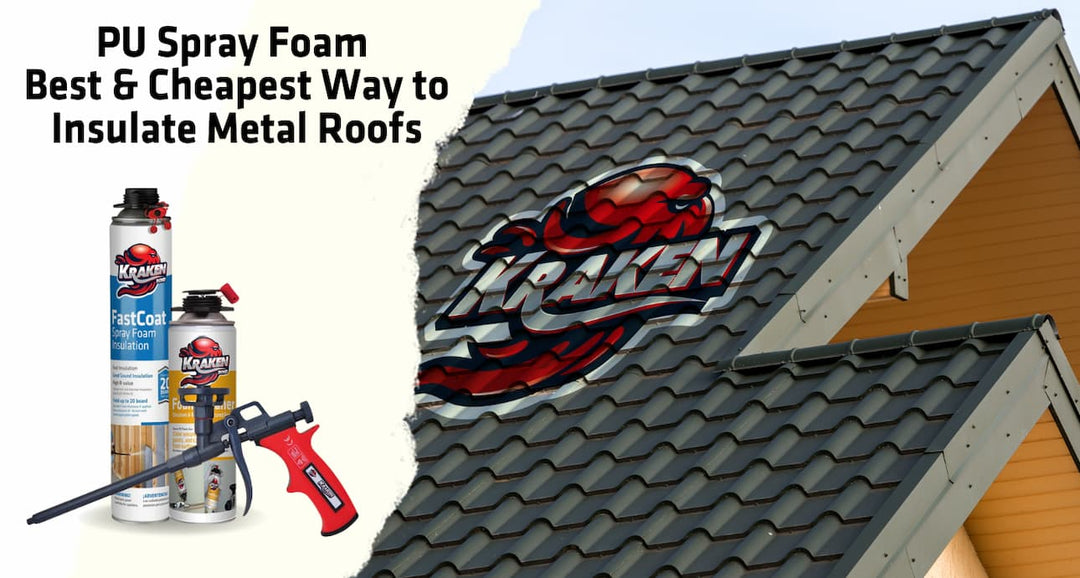


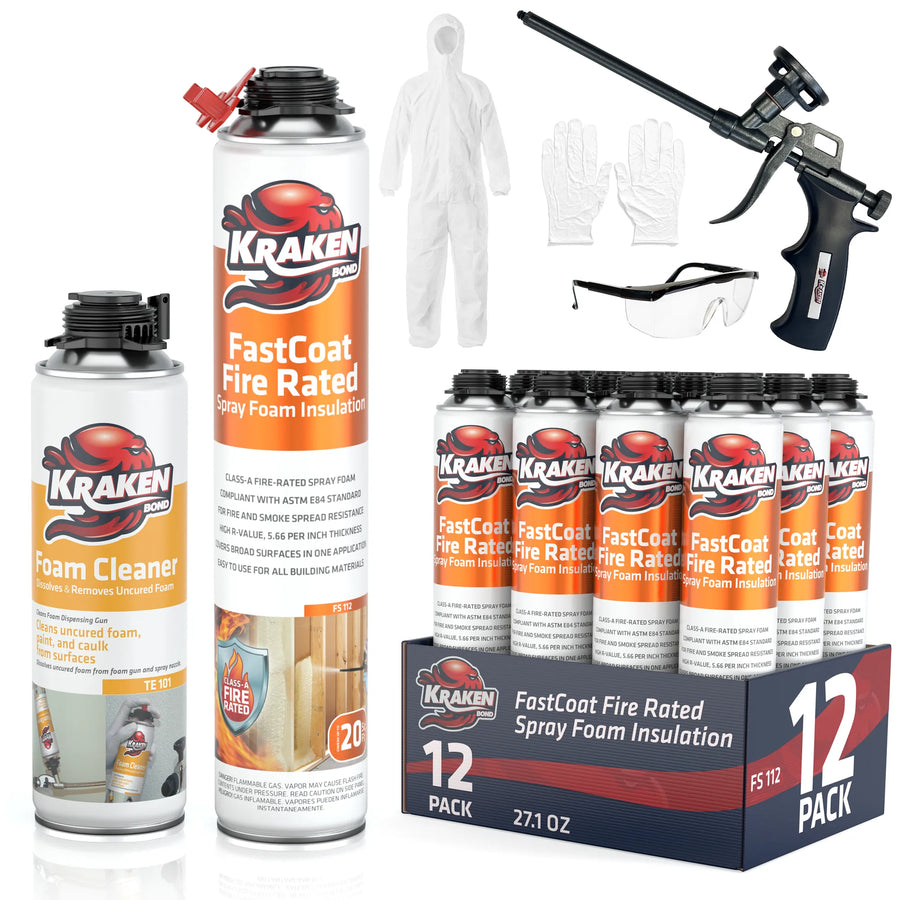






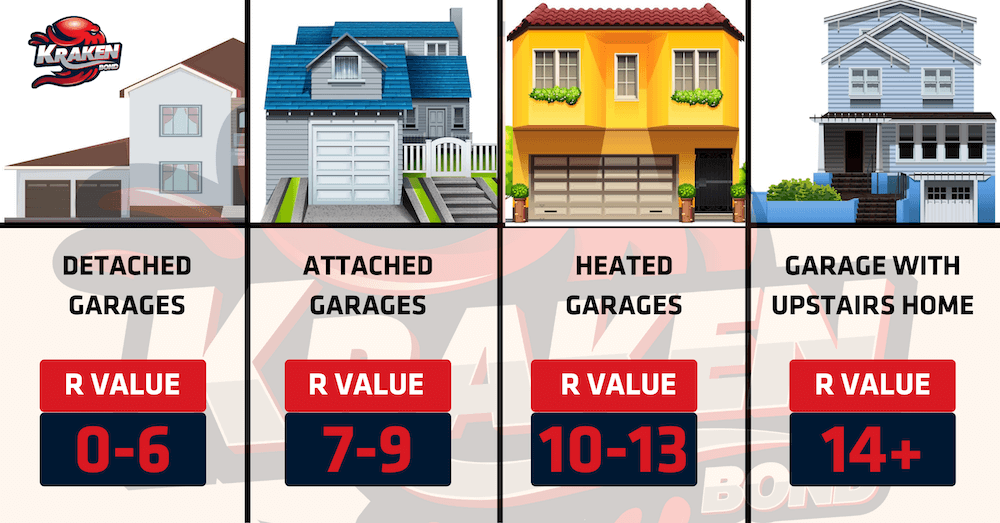


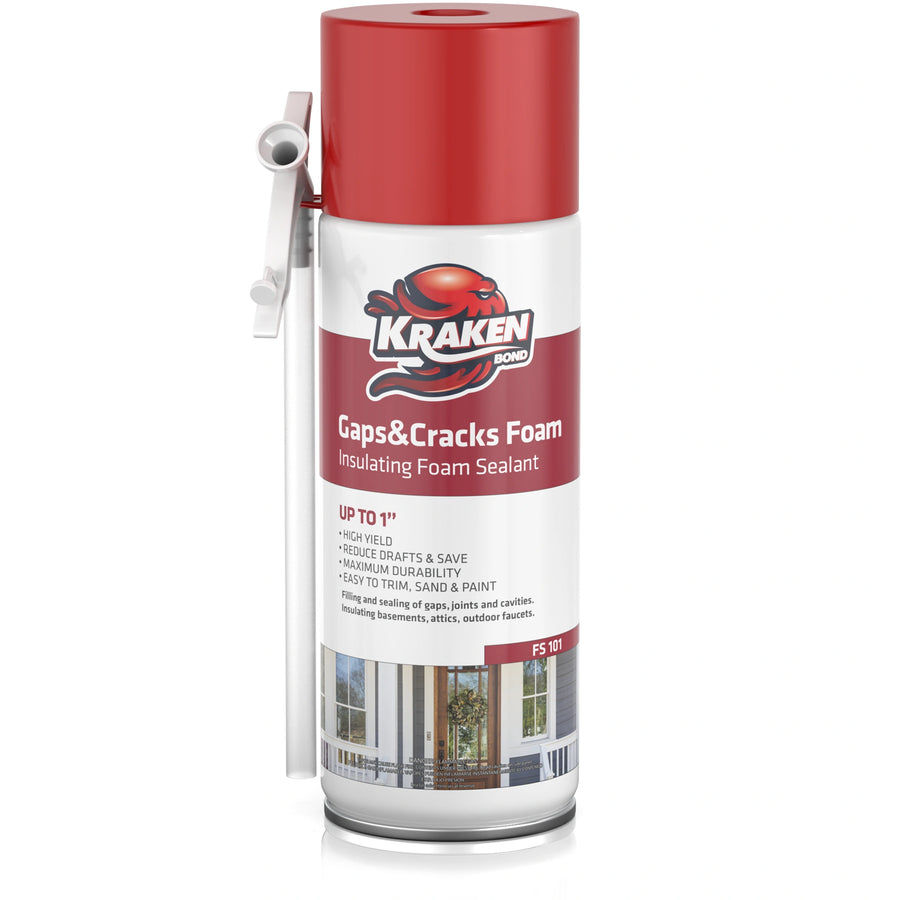
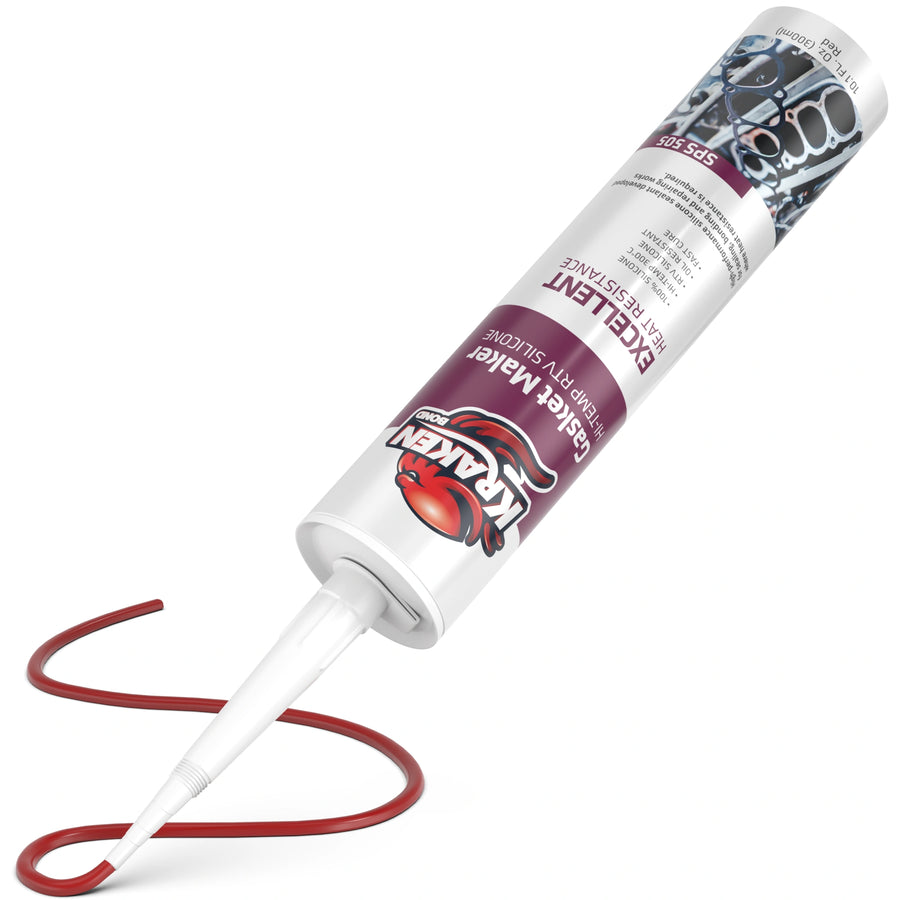
Dejar un comentario